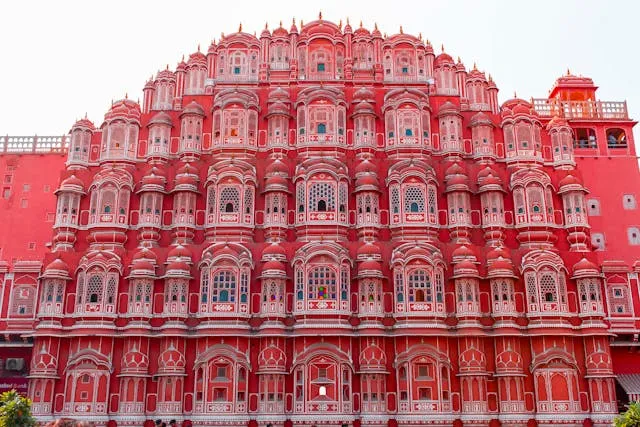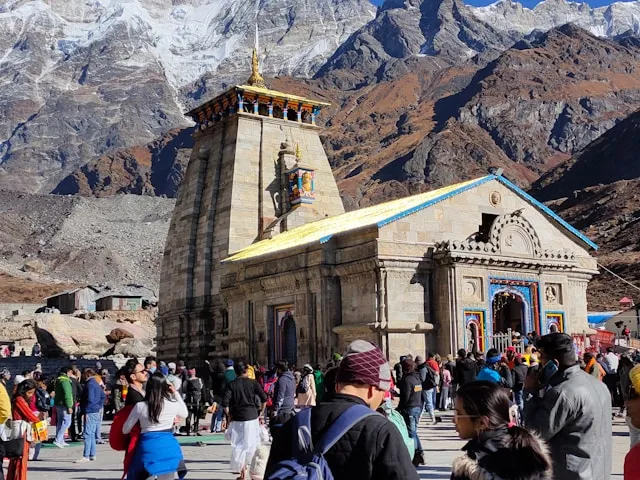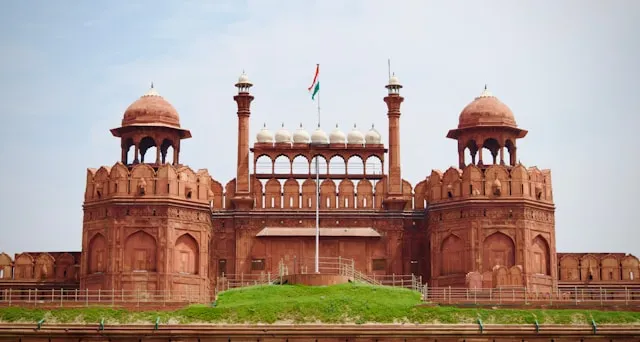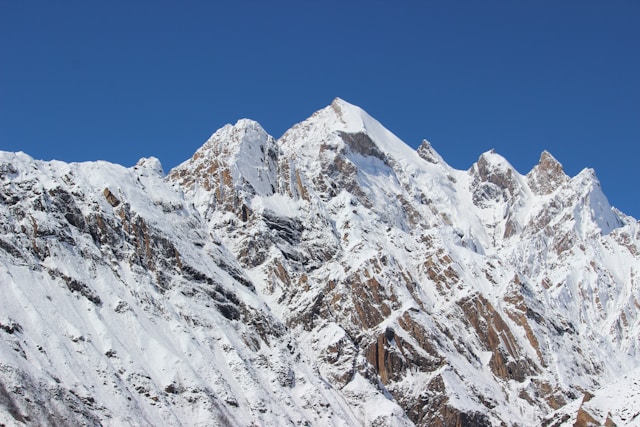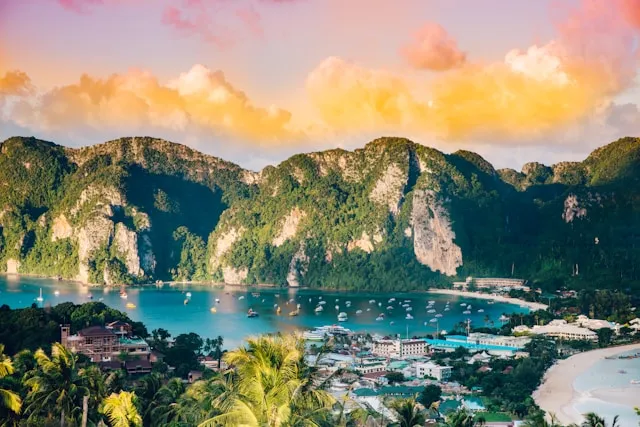Bandhavgarh National Park Travel Guide
Bandhavgarh National Park
About Bandhavgarh National Park Travel Guide
Destination Overview - Bandhavgarh National Park
In Bandhavgarh National Park, nature lovers and wildlife enthusiasts find a rich sanctuary known for its dense forests, diverse flora and fauna, and notably, a high population of Bengal tigers. Located in the heart of Madhya Pradesh, this national park is celebrated for its varied terrain, including rugged hills, lush valleys, and meandering streams. Historically a hunting ground for the Maharajas of Rewa, Bandhavgarh today offers a pristine habitat for wildlife and a thrilling safari experience. The park's name is derived from the ancient Bandhavgarh Fort situated within its boundaries, adding a historical charm to the natural beauty.
Top Attractions & Places to Visit in Bandhavgarh National Park
Wildlife Safari: Tiger sightings, leopards, sloth bears, deer species, and a variety of birdlife
Historical Site: Bandhavgarh Fort, with panoramic views of the park
Bird Watching: Spotting species like the Indian pitta, paradise flycatcher, and peafowl
Nature Trails: Guided nature walks and jeep safaris for close encounters with the wild
Nearby Attractions: Tala Zone, Magadhi Zone, Khitauli Zone – the main safari zones within the park
Best Time to Visit Bandhavgarh National Park
The best time to visit Bandhavgarh National Park is between October and June. Winters (October to February) provide pleasant weather ideal for safaris. The park remains closed during the monsoon season (July to September) due to heavy rains and dense vegetation.
How to Reach Bandhavgarh National Park
Air: The nearest airport is Jabalpur Airport, about 160 km away. Khajuraho Airport (190 km) is another option.
Rail: Umaria Railway Station is the closest railhead, approximately 15 km from the park.
Road: Well-connected by roads from Jabalpur, Umaria, and nearby towns with taxis and buses available.
Local Transport: Safari jeeps and guided vehicles are used inside the park.
Accessibility for Differently-Abled Travelers in Bandhavgarh National Park
The terrain and safari vehicle designs limit accessibility for differently-abled travelers. Some resorts and lodges may offer special arrangements; prior coordination is recommended.
Things to Do & Experiences in Bandhavgarh National Park
In Bandhavgarh National Park, embark on thrilling jeep safaris at dawn and dusk for a chance to spot the elusive Bengal tiger. Experience bird watching, nature photography, and guided treks. Visit Bandhavgarh Fort for a historical perspective and enjoy the tranquility of the surrounding forests.
Accommodation Options in Bandhavgarh National Park
Accommodation ranges from luxury wildlife resorts to eco-friendly lodges and budget guesthouses.
Popular zones: Tala, Magadhi, and Khitauli
Recommended stays: Bandhavgarh Safari Lodge, Tigergarh Resort, and various jungle camps
Local Cuisine & Dining in Bandhavgarh National Park
Most resorts offer traditional Indian cuisine, including local Madhya Pradesh dishes. Fresh, organic ingredients and flavorful preparations enhance the dining experience. Some lodges cater to international tastes as well.
Travel Tips & Safety in Bandhavgarh National Park
Carry insect repellent, sun protection, and binoculars for wildlife spotting. Follow all park rules and guidelines strictly, especially regarding distance from animals. Avoid loud noises and littering. Emergency contacts: Forest Department – 07476-232303, Police – 100.
Weather Details & Packing Suggestions for Bandhavgarh National Park
Pack light cotton clothes for the day and warm layers for early morning safaris. Comfortable walking shoes and hats are essential. Carry rain gear if visiting close to monsoon months.
Currency Exchange & Banking Facilities in Bandhavgarh National Park
Currency exchange and ATM facilities are limited within the park. It is advisable to carry sufficient cash or use banks in Umaria or nearby towns.
Connectivity & SIM Card Info in Bandhavgarh National Park
Mobile network coverage is patchy inside the park. Major providers like Airtel and Jio have some coverage near resorts and towns. It is best to purchase a local SIM card in Umaria or Jabalpur.
Itinerary Suggestions for Bandhavgarh National Park
1-Day: Early morning and late afternoon jeep safaris in Tala Zone
3-Days: Multiple safaris in Tala and Magadhi Zones with a visit to Bandhavgarh Fort
5-Days: Extended wildlife exploration, bird watching, and nearby village visits
Nearby Destinations to Explore from Bandhavgarh National Park
Kanha National Park – 180 km by road
Pench National Park – 135 km by road
Jabalpur – 160 km by road
Shopping & Souvenirs in Bandhavgarh National Park
Buy local handicrafts, tribal artifacts, and handmade textiles from markets in Umaria and nearby towns. Wildlife-themed souvenirs and eco-friendly products are popular among visitors.
Cultural & Historical Background of Bandhavgarh National Park
Bandhavgarh has a rich cultural history with the fort linked to Hindu mythology and legends of the Ramayana. The park was once a royal hunting reserve and now stands as a vital conservation area for Bengal tigers and other wildlife.
Best Transport Options in Bandhavgarh National Park
Jeep safaris are the primary mode of transport within the park. For local travel outside, taxis and rental vehicles are common.
Nearest Railway Station to Bandhavgarh National Park
Umaria Railway Station is the nearest railhead, well-connected to major Indian cities.
FAQs About Bandhavgarh National Park
When is the best time to visit Bandhavgarh National Park?
October to June is ideal for safaris and pleasant weather.
Is Bandhavgarh National Park safe for tourists?
Yes, with guided safaris and adherence to park rules.
Are permits required to enter the park?
Yes, entry permits and safari bookings are mandatory.
Can I spot tigers in Bandhavgarh National Park?
Yes, the park is known for one of the highest tiger densities in India.
What should I pack for a visit?
Light clothes, warm layers for early morning, sturdy shoes, sunscreen, and insect repellent.
Sustainability & Responsible Tourism in Bandhavgarh National Park
The park promotes responsible tourism with strict wildlife protection laws, eco-friendly accommodations, and awareness campaigns. Visitors are urged to respect wildlife, avoid plastic use, and follow guidelines to preserve the fragile ecosystem.
Need a Bandhavgarh National Park Travel Guide Customized Itinerary?
Let us create your perfect Bandhavgarh National Park Travel Guide journey

Gallery

Weather
Location Map
Bandhavgarh National Park
Latest Blog Posts
Latest News: Bandhavgarh National Park – Tiger Reserve & Wildlife Safari in Madhya Pradesh
What Our Travelers Say
Real experiences from our valued customers
"The journey to Haridwar and Rishikesh was amazing. Everything was perfect, and I could focus entirely on the spirituality of the trip."
Manish Kapoor (Chandigarh, India)
"The visit to Varanasi was like no other. The entire trip was so peaceful, organized, and spiritually enriching."
Paul Johnson (Melbourne, Australia)
"Our Thailand trip was amazing! We explored Bangkok, enjoyed the beaches of Phuket, and experienced local culture. The tour was well-organized and stress-free!"
Sunita Mehta (Kolkata, India)
"The Somnath Darshan trip was incredible! Great accommodations, fantastic guides, and an overall peaceful experience."
Arun Mehta (Gurgaon, India)
"Our pilgrimage to the Sabarimala temple was filled with peace and grace. I couldn’t have asked for a better journey."
Amit Choudhury (Mumbai, India)
"The journey to Rameswaram was transformative. Everything was perfect, from transportation to accommodation. Highly recommended!"


